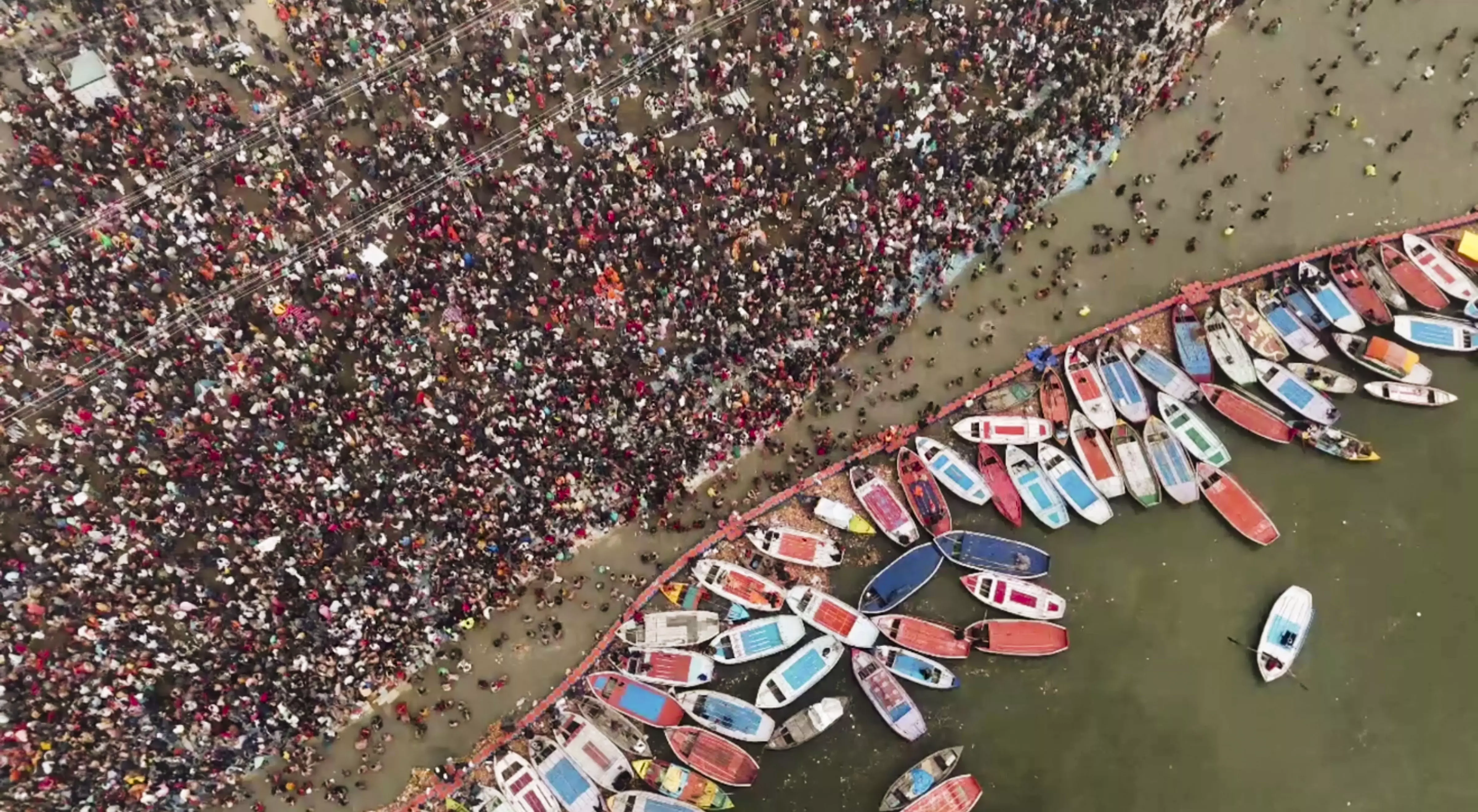AA Edit | Maha Kumbh, for believers, keeps faith, traditions alive

The spiritual cleansing and rejuvenation rituals of believers in the timeless relevance of India’s teachings began on Monday, a full moon day which will give way to Sankranti, one of the Shahi Snan days in the religious calendar. There is a mystique to the universal appeal of the Maha Kumbh that the Hindus and believers in India’s ancient spiritual traditions gather at the confluence of the Ganga, the Yamuna and the mythical Saraswati in numbers far greater than the population of many countries.
The phenomenon of spirituality exists, and however tangible or intangible the concept is, it has its votaries in millions, and it is growing, especially in India. Much the same could be said of many other religions too, which brings us to the magnetic power of faith that people believe can move mountains.
This is strictly not for the cynics and the sceptics who may struggle to understand the spiritual significance as opposed to the temporal which, with every breath that a sentient human being takes, may be easier to experience and understand.
It is the promise of a dip in the holy waters to cleanse the sins and reach out for the release promised from a cycle of rebirths that drives 40 crore people to descend on the Sangam, making the statistics of the gathering itself so mind-boggling — a tent city with a spread of 40 sq km to house 23,000 kitchens, 1,50,000 restrooms, 11 hospitals, 100s of ambulances, 50,000 security personnel, manning 2,700 cameras AI-powered to spot stress points in crowds, from 4 central control rooms, watching over 11 akharas with thousands of sadhus and saints bathing at dawn even as underwater drones help observe it all with an eye on safety.
Stupendous as the effort is of millions to get to Prayagraj for the once-in-12 years Maha Kumbh, the responsibility of its smooth progress becomes an onerous one for the state. It would be hypocritical to believe that religion is easily separated from the State, however pure that may sound in principle. And Uttar Pradesh has rolled out not only ladles of money, roughly `6,500 crore, but also a massive supervisory effort to keep the wheels of faith moving for the millions who believe in the traditions of the Sanatana dharma.
Ideally, it should be a secular administrative duty of the state to oversee such a massive human movement in its jurisdiction, regardless of what impels it. It is another matter that the dominant force in today’s national politics would like to use the monumentality of the Maha Kumbh’s cultural message to project and promote its belief in Hindu nationalism.
Considering that rulers have come and gone or paled into insignificance even as a spiritual gathering that dates back several centuries has gathered momentum over the years in Indian society, any attaching of more than a regular religious significance may mean very little.
Right now, it is the grandiosity of the festival, which will be on till February 26 and which is to be celebrated purely for the richness of its traditions and the keeping of faith in making the Maha Kumbh the acme of spirituality.
Next Story

